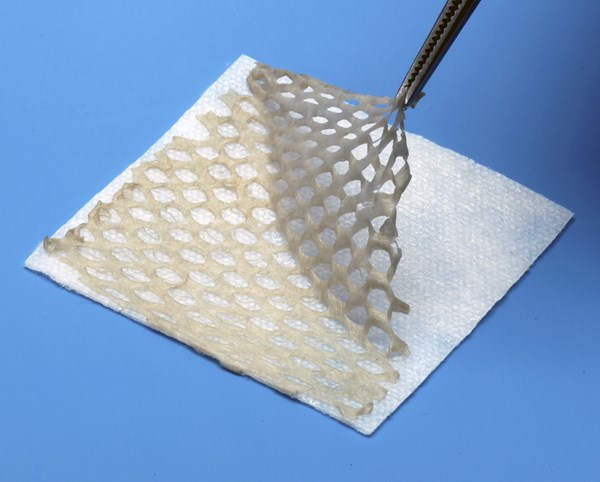I’ve previously posted information about the sweeping changes to office-based payment of Cellular and/or Tissue-Based Products (CTPs) recently proposed the Centers for Medicare and Medicaid Services (CMS). Office-based physicians will no longer be separately reimbursed for the cost of the CTP they purchased. Instead, the new proposal is to make the product cost part of the physician’s practice expense. We don’t know how much that increase would be for the physician’s practice expense, but whatever it is, it will limit the price that an office-based physician could pay for a CTP. It will also increase patients’ copays, and that is worth some discussion.
Until about 2014, Hospital-Based Outpatient Departments (HOPDs) were separately reimbursed for the cost of the products they purchased, but after 2014 were placed under “package pricing”. This meant that the HOPD’s facility fee was increased to include the cost of purchasing the product. In the HOPD, when the cost of the product was folded into the facility fee, there was a substantial increase in the patient’s copay. In other words, the patient began to pay for a portion of the product cost. When copays went up, the way in which CTPs were utilized in the HOPD changed. In 2017, I did an analysis of data from the US Wound Registry trying to evaluate the impact of package pricing on access to care. I could not do a detailed statistical analysis without funding for the project, but the data were suggestive that this increase in patient copay reduced access for patients of color – at least for a couple of years. However, careful analysis is needed to separate that apparent disparity from the impact of insurance coverage. The use of CTPs in both the HOPD and the private office is heavily impacted by type of insurance coverage for complicated reasons that are worthy of a separate blog. That’s partly because the Medicare Advantage plans and private payers limit payment only to certain products (some of which may not be affordable in the HOPD). The fact is that a lot of CTP use in the HOPD is determined by how much the patients can afford in copays.
As I’ve said before, Medicare does not come up with these proposed rules in a vacuum. Dramatic changes in CMS policy are always in response to dramatic increases in utilization that do not appear to provide commensurate benefit to Medicare beneficiaries. CTP use has skyrocketed in the physicians’ office, and now CMS is implementing a strategy to contain those costs. Some of the CTPs used in the office based setting are staggeringly expensive. There have also been issues with regard to improper use and over use.
I feel we should we have some discussion about the impact of increased copays on patient access and equity of medical care. The US Wound Registry has HOPD data from before and after package pricing, but it’s not surprising that no entity is interested in understanding that impact.
Comments on the proposed rule are due to the CMS by Sept. 6. Click here to comment.
Today’s Wound Clinic has just posted my recent editorial, “CTPs: Can We Do the Right Thing for the Right Patients?”

Dr. Fife is a world renowned wound care physician dedicated to improving patient outcomes through quality driven care. Please visit my blog at CarolineFifeMD.com and my Youtube channel at https://www.youtube.com/c/carolinefifemd/videos



